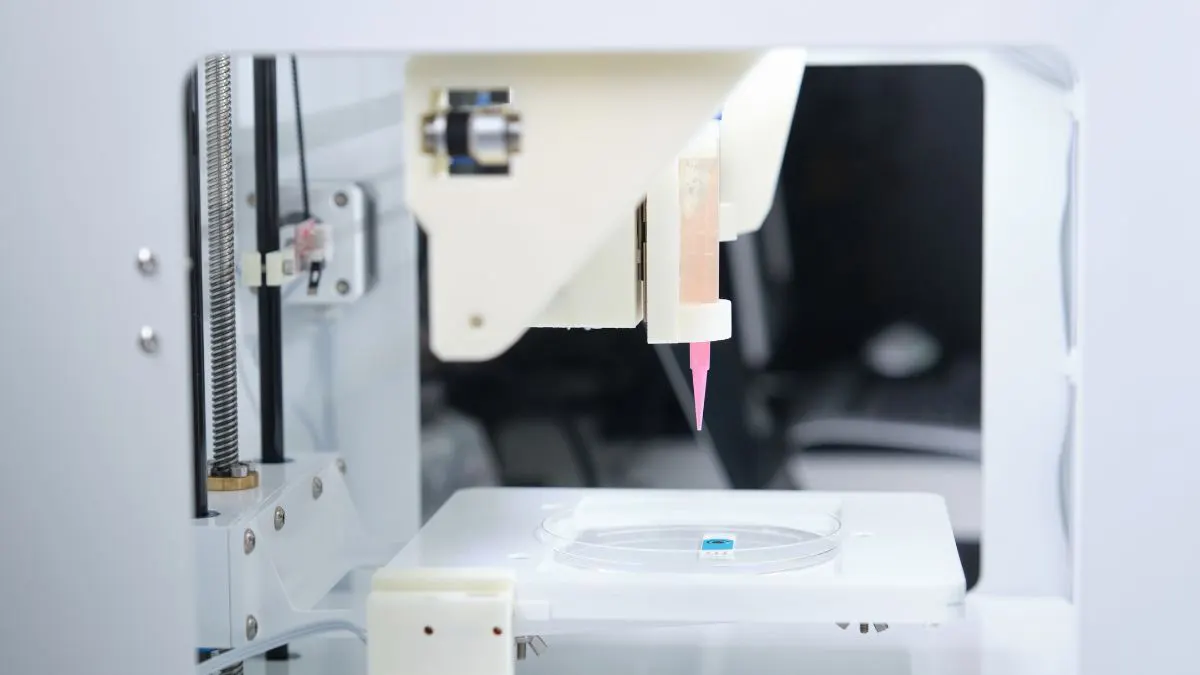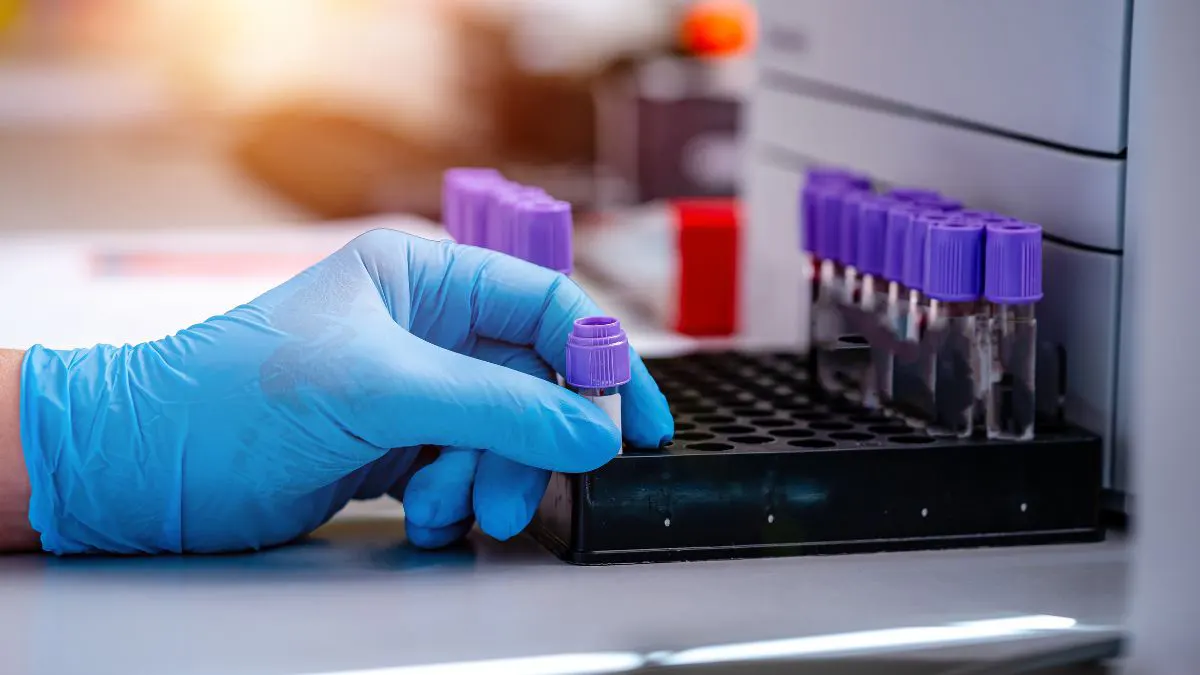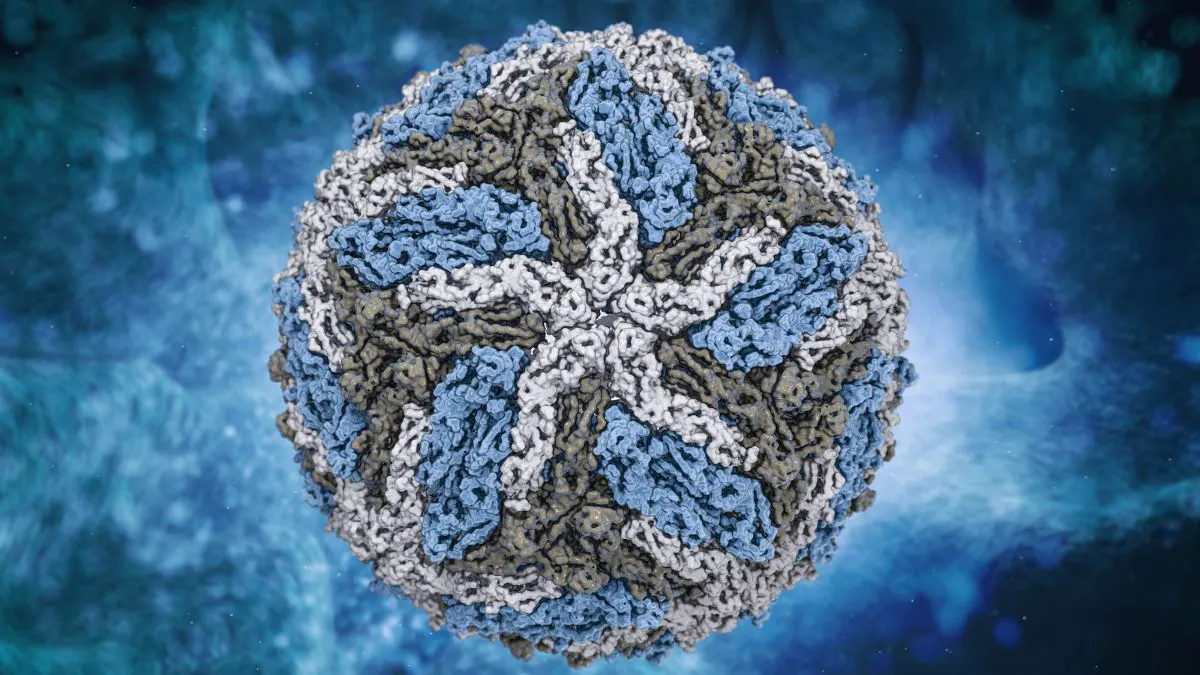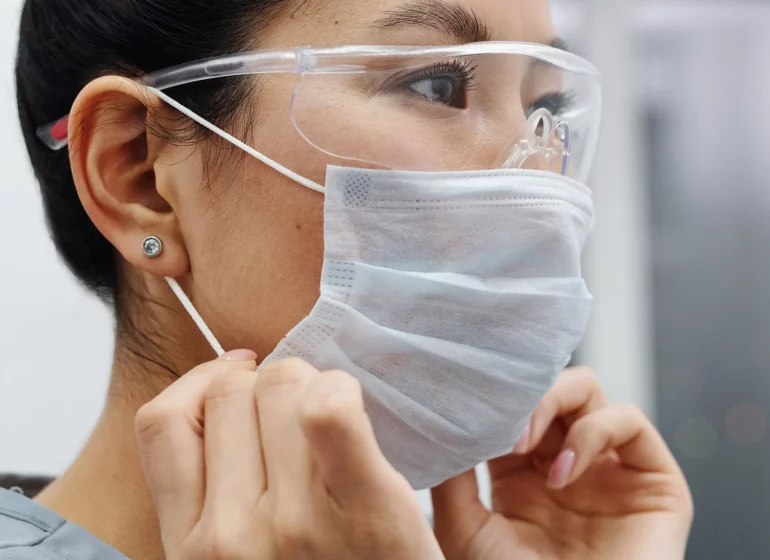What happened in the life science industries this summer?
As many of you return from summer vacation to work, be it from home or back at the office, you might appreciate a little reorientation as you get the sand out your ears. Let’s start with a refresher of what happened in bio-industries before you escaped to the beach and then move on to what happened while you were drinking daiquiris.
Overall, big pharma fared pretty well in Q2, with US companies Johnson & Johnson (J&J) and Pfizer, British-Swedish company AstraZeneca (AZ) and Danish company Novo Nordisk collectively racking up $68.07 billion in revenue. At the same time, though, biotech and other life science industries exhibited somewhat of a “layoff whirlpool”, spanning bigger names such as Novartis (Switzerland) and PerkinElmer (US) down to small enterprises. In addition to top-down reasons such as corporate restructurings, contributing to layoffs had been the war on Ukraine, which had seen a corporate exodus from Russia, with many international companies completely pulling the plug on operations there. Unlike other consumable enterprises such as conglomerates, clothing lines and food chains, life science companies were a bit slower to pull the plug in Russia. This is understandable given the humanitarian obligation pharma companies have to their patients.
June: Personalized skin tissue therapy, anticonvulsants and - the last thing we needed - a new virus scare
In regards to some good news, University of Zurich (UZH) spinoff Cutiss’ tissue grafts were approved by the European Patent Office mid-June. The Swiss company is focused on skin regenerative medicine and tissue engineering and has been developing the first automated and personalized skin tissue therapy for severe skin injury patients.

Late June saw US company PANTHERx become the exclusive US distributor of French family-owned pharma Biocodex’s Diacomit (stiripentol). Stiripentol is an anticonvulsant used to treat Dravet syndrome, a serious genetic central nervous system (CNS) disease characterized by catastrophic epilepsy – intense seizures combined with mental retardation.
By the end of June, monkeypox (MPX) virus had become a new global scare and Centres for Disease Control and Prevention (CDC) officials planned for 1.6 million doses to be available by 2023. MPX symptoms include blister- and crust-forming rashes, fever and swollen lymph nodes. July began with the US Department of Health and Human Services (HHS) reserving 2.5 million more doses of Jynneos, the MPX vaccine produced by Danish company Bavarian Nordic (BN). Jynneos is one of two vaccines used to combat MPX, the other being ACAM2000, produced by French giant Sanofi.
July: Some scale, some make back - all for good
At the beginning of July, Swiss contract development and manufacturing organization (CDMO) Lonza announced it would be building a large-scale finish and fill facility in Stein, Aargau (Northern Switzerland). This will be their third site in Switzerland, will cost about CHF 500 million and is expected to be finished in 2026.

In late July, Norwegian biotech ClexBio secured $2.2 million in funding to develop engineered blood vessel transplants. ClexBio creates solutions for tissue engineering using advanced microfluidics and their proprietary hydrogel tech, CLEX.
August: Dengue vaccine and comforting news for women
Early August saw Global Blood Therapeutics (GBT), a biopharm dedicated to sickle cell disease (SCD), acquired by Pfizer. SCD is a group of inherited blood disorders which renders life expectancy of afflicted in the developed world to roughly 50 years on average. Symptoms include anemia, bacterial infections, hands and feet swelling and stroke. This acquisition complimented the three decades Pfizer’s been in rare hematology.
The beginning of August also saw US cancer fighter Exact Sciences enter a collaboration with West German Study Group (WSG), a research institution focused on the design, organization and implementation of clinical studies in breast cancer. Together, Exact Sciences and WSG will conduct a study in HER2-negative early breast cancer patients.
Continued spread of MPX in August saw further increase in global demand for Jynneos, leading to BN reporting it would deprioritize encephalitis and rabies to only produce Jynneos until the end of 2023. Bad news for tick and rabid dog victims, respectively, but great news for contract development and manufacturing organizations (CDMOs) such as Grand River Aseptic, whom BN contracted to double their Jynneos fill-finish capacity.
In late August, Japanese company Takeda’s dengue vaccine was approved in Indonesia. Dengue virus (DENV), a mosquito-borne RNA virus, is the cause of dengue fever. Dengue symptoms include headache, high fever, joint and muscle pains and vomiting. In extreme cases, the disease can develop into dengue hemorrhagic fever or dengue shock syndrome, the former characterized by bleeding, blood plasma leakage and low blood platelet levels and the latter by dangerously low blood pressure.

Another event of late August was Roche’s digital PCR method, Digital LightCycler System, designed to quantify nucleic acids generally not detectable by conventional PCR. This system should allow clinical researchers to divide samples already extracted into as many as 100,000 individual reactions, allowing the system to then perform PCR and produce next-generation data analyses on the results.
British multinational biotech and pharma GSK will present new findings from its diverse oncology pipeline and portfolio on 9-13 September at the European Society for Medical Oncology (ESMO) Congress, including presentations on Jemperli (dostarlimab) and Zejula (niraparib). Dostarlimab had gained fame in June, when it elicited a 100% response rate with no residual tumor evidence in 14 clinical study patients. This is good news for women, as both dostarlimab and niraparib are used to treat cancers of the female reproductive system.
Throughout Europe, biotech, medtech and pharma are increasingly facing more regulatory enforcement, making it more challenging for manufacturers to keep up. Compliance, legal and regulatory professionals are going to need to make an extra effort as we move into Q4 when it comes to informing themselves on anti-corruption and anti-trust/competition laws, cybersecurity, data analytics, device and drug promotion, healthcare delivery and reimbursement programs, industry codes and/or Organisation for Economic Co-operation and Development (OECD) directives. This increased emphasis on compliance, legal and regulatory could make hiring and recruitment of such professionals more competitive.
Finally, how could we finish this blog without mentioning good old Covid?
Moderna is suing Pfizer and German biotech BioNTech over alleged infringement of its mRNA vaccine tech patents. On 26 August, Moderna CEO Stéphane Bancel announced, “We are filing these lawsuits to protect the innovative mRNA technology platform that we pioneered, invested billions of dollars in creating, and patented during the decade preceding the COVID-19 pandemic”. Pfizer and BioNTech had been collaborating since early in the pandemic to produce a vaccine and were one of the first to release one, namely Comirnaty. Moderna had promised not to enforce their IP during the pandemic, but now that it seems to be waning, their tune has changed.
Thanks from all of us at headcount AG for taking the time to read this blog post.
We hope you had a great summer, wish you an even better fall, and look forward to publishing our next blog post for you in October.
Share it with your network on LinkedIn, tag us, and let us know what you think!



